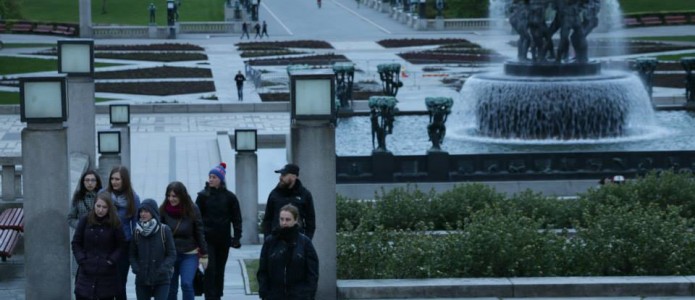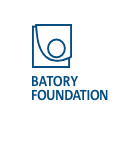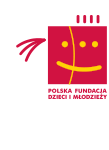
Our visit to Oslo and the opportunity to learn more about the Norwegian system of integration work with refugees were a fascinating experience – for a number of reasons. Firstly: as opposed to Poland, Norway has resources used for purposes of developing a system to integrate refugees and migrants. Secondly: the state assumes responsibility for creating the system – again, as opposed to Poland, where integration is chiefly handled by the non-governmental community, and remains marginal to state interests – Agnieszka Kosowicz from Polish Migration Forum writes about norwegian system of reffugees integration.
Last but not least, thirdly: it was an exotic experience to encounter the civil servants’ passion about, commitment to, and grasp of refugee issues; Norwegian civil servants are both willing and able to seek solutions matching specific human needs. In Poland, regrettably, these two do not necessarily go hand in hand: key decisions are not usually made by those who have an understanding of migrants’ needs and want to make them part of the local community.
The visit to Oslo began with a meeting with the IMDI – the institution responsible for developing Norway’s integration policy. Poland has practically no equivalent agency. While some tasks are indeed performed by individuals working for different state institutions, there is no single organisation charged with the comprehensive process of making migrants part of the Polish society. Similarly, Poland suffers of a shortage of urban institutions responsible for integration in practice. Their responsibilities are usually to a certain extent assumed by non-governmental organisations. Thus, our encounter with Norwegian institutions was amazing: as I see it, they were actually speaking the “non-governmental language”, and their take on numerous aspects resembled that of the Polish third sector: they focus on the needs and resources of foreign nationals, and have the capacity to offer specific forms of assistance. In Poland, many family assistance and social welfare institutions do not have resources sufficient to ensure efficient support (the city’s offer was truly impressive: a “bootcamp” introduction programme for refugees offered by the district of Gruenerlokka is a wonderfully expansive, well-developed package indispensable to all arrivals during their first days in Oslo).
I was astonished to learn that the Norwegian integration offer is so generous – and handled by state agencies.
On the other hand, our meetings with Norwegian non-governmental organisations proved that even such a well-developed state-owned integration system has its flaws, which is why foreign nationals do require assistance or mediation in contact with state institutions. Refugees and migrants in Norway have their issues, and are not always willing or able to take advantage of assistance offered: some find the extensive assistance system overwhelming and insufficiently flexible.
It was fascinating to see people who make a conscious effort to remain in their own communities, all integration initiatives notwithstanding – the above is true for Norwegians and migrants alike. To hear stories of how migrant-dominated districts develop while other parts of the city remain entirely migrant-free (at least at first glance). On the other hand, I clearly recall a charming poster advertising a ballet performance, artists obviously from different cultural and ethnic backgrounds.
The visit proved that regardless of how extensive an integration system is, neither its size nor its complexity guarantee integration success, regardless of where migrants arrive from or who they are. At the end of the day, simple interpersonal relations are what matters most in any integration process.
I was under the impression that the well-developed and extensive integration system in Norway results in people being made part of state, city, and labour market structures. Yet it does not always warrant authentic social integration, with people sharing a country in mutual respect and true enjoyment of diversity.
Planned meetings apart, a chance encounter with Poles – migrants to Oslo – were an interesting addition to our visit. Some, in a simile to other non-Norwegians met during our study visit, mentioned difficulties with establishing direct human relations, obstacles to the process of making friends, and getting close to people regardless of any cultural differences. Some admitted that they have no idea how to develop such relationships, while others claimed that local residents do not seek neighbourly contact and prefer to stay closer to people representing the same culture.
There is one other difference as concerns integration work conditions in Poland and Norway: migrants and refugees alike want to reach and stay in Norway. The same does not necessarily hold true for Poland. Complex integration conditions, shortage of accommodation, difficult labour market conditions, and a potential clash between reality and foreign nationals’ expectations and plans mean that for many, Poland is a land of transit rather than a long-term stay country of choice. Yet integration is impossible if immigrants are not willing. Migrants’ commitment and will are a absolute must if integration is to be in any way successful. People who do not believe that they will make it in Poland are reluctant to make any integration efforts, as their long-term plans are tied to other countries.
Study Visit to Oslo took place on 18th-20th May 2015, within Citizens for Democracy Programme financed by the EEA Grants.




